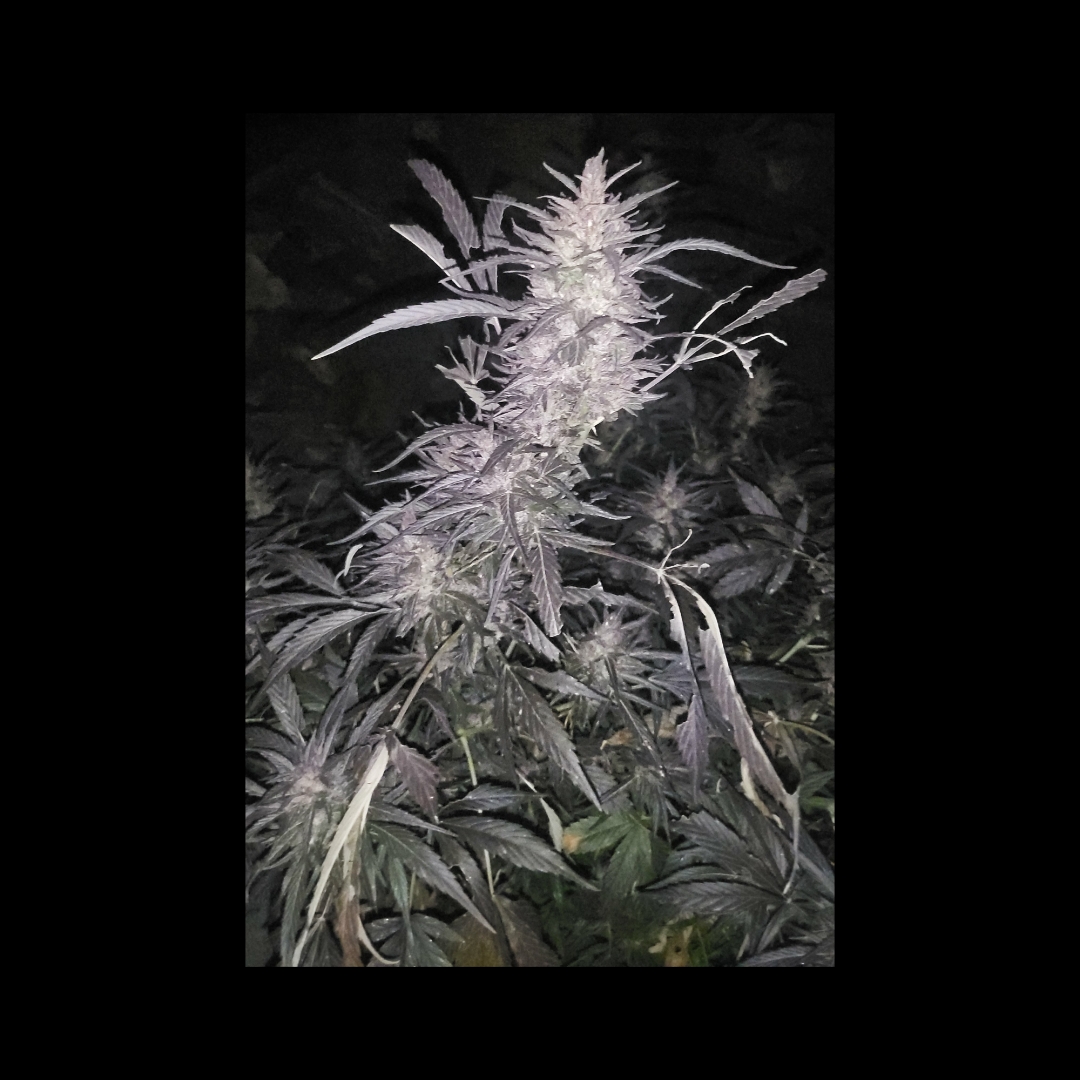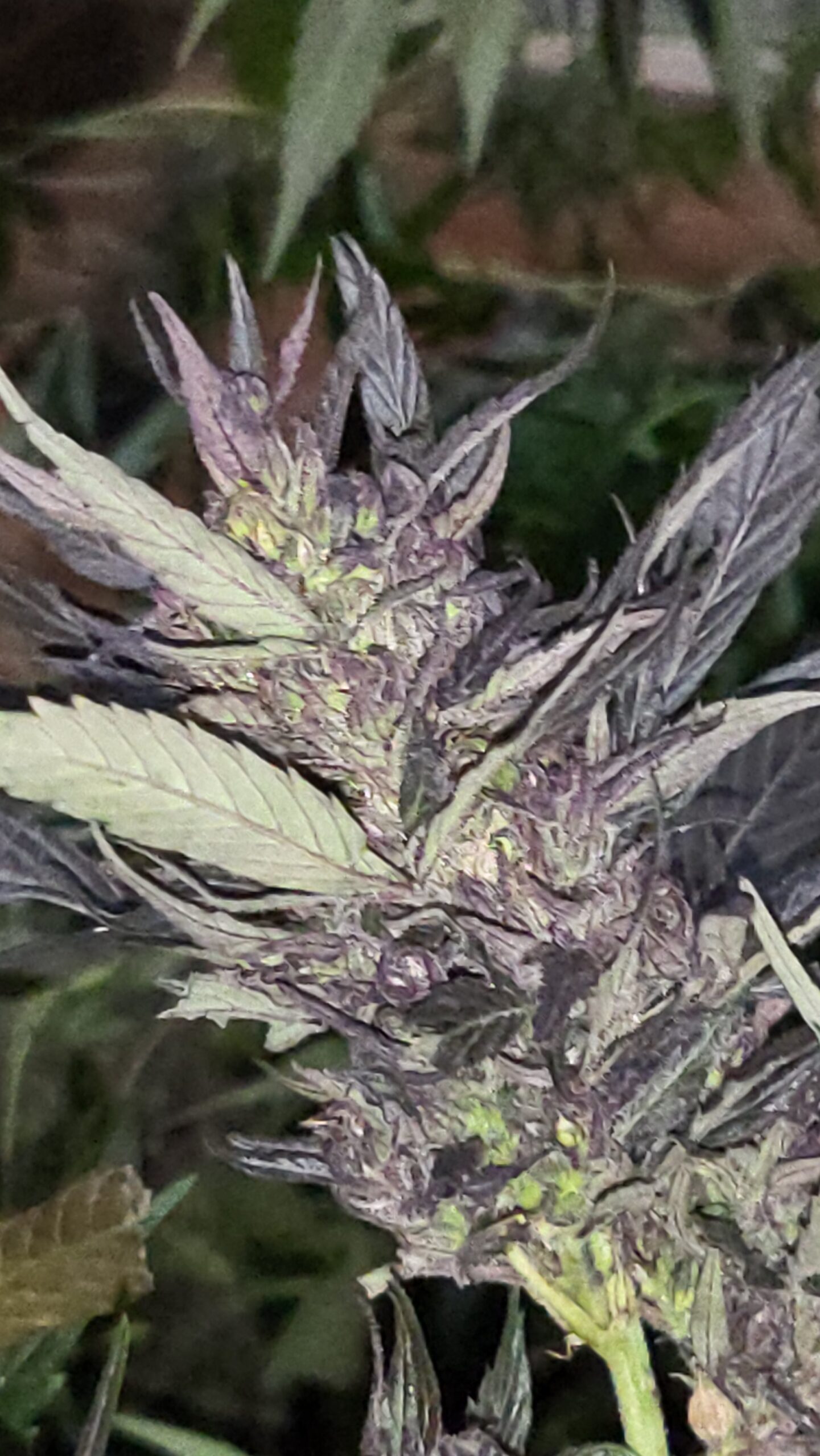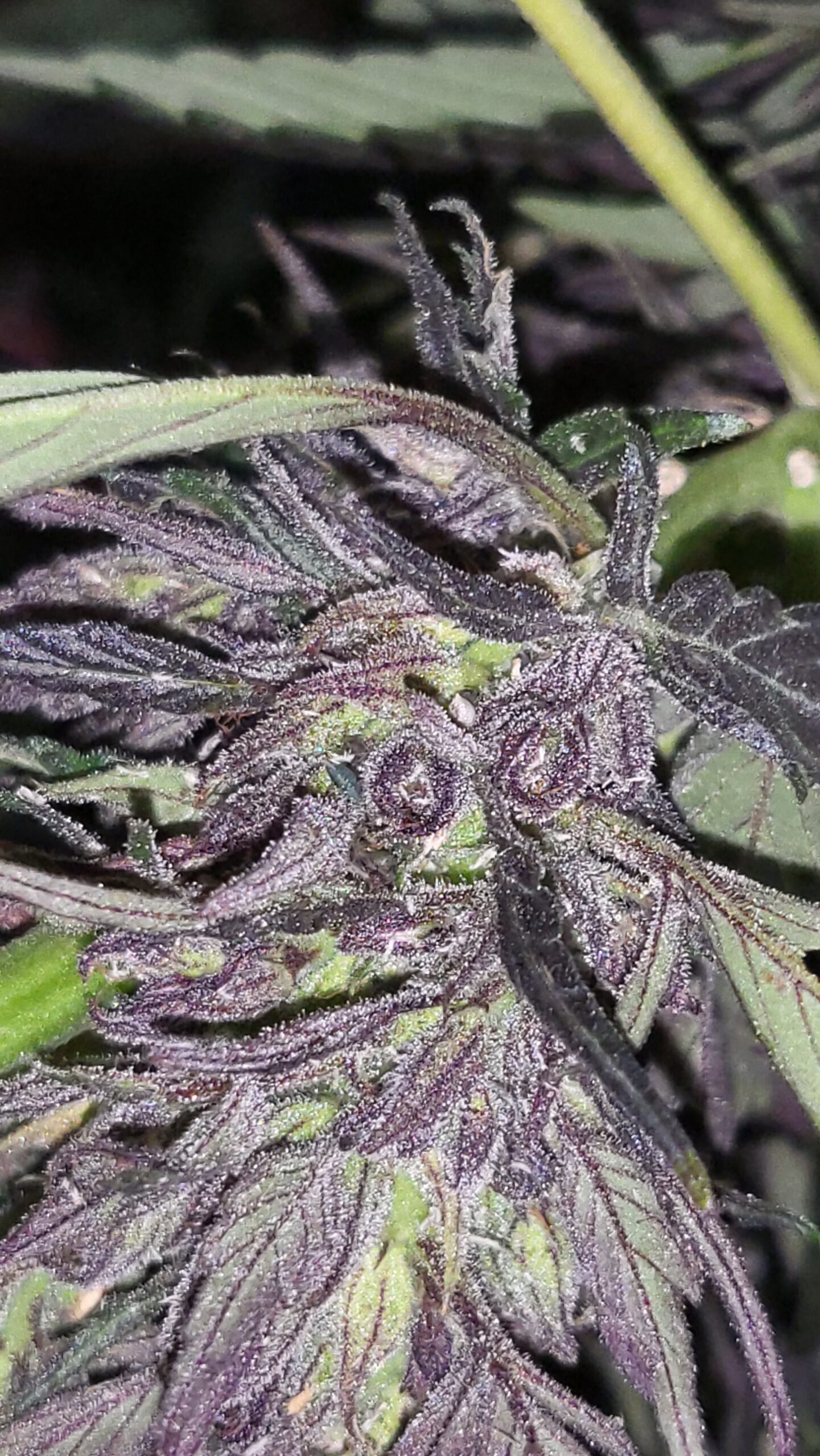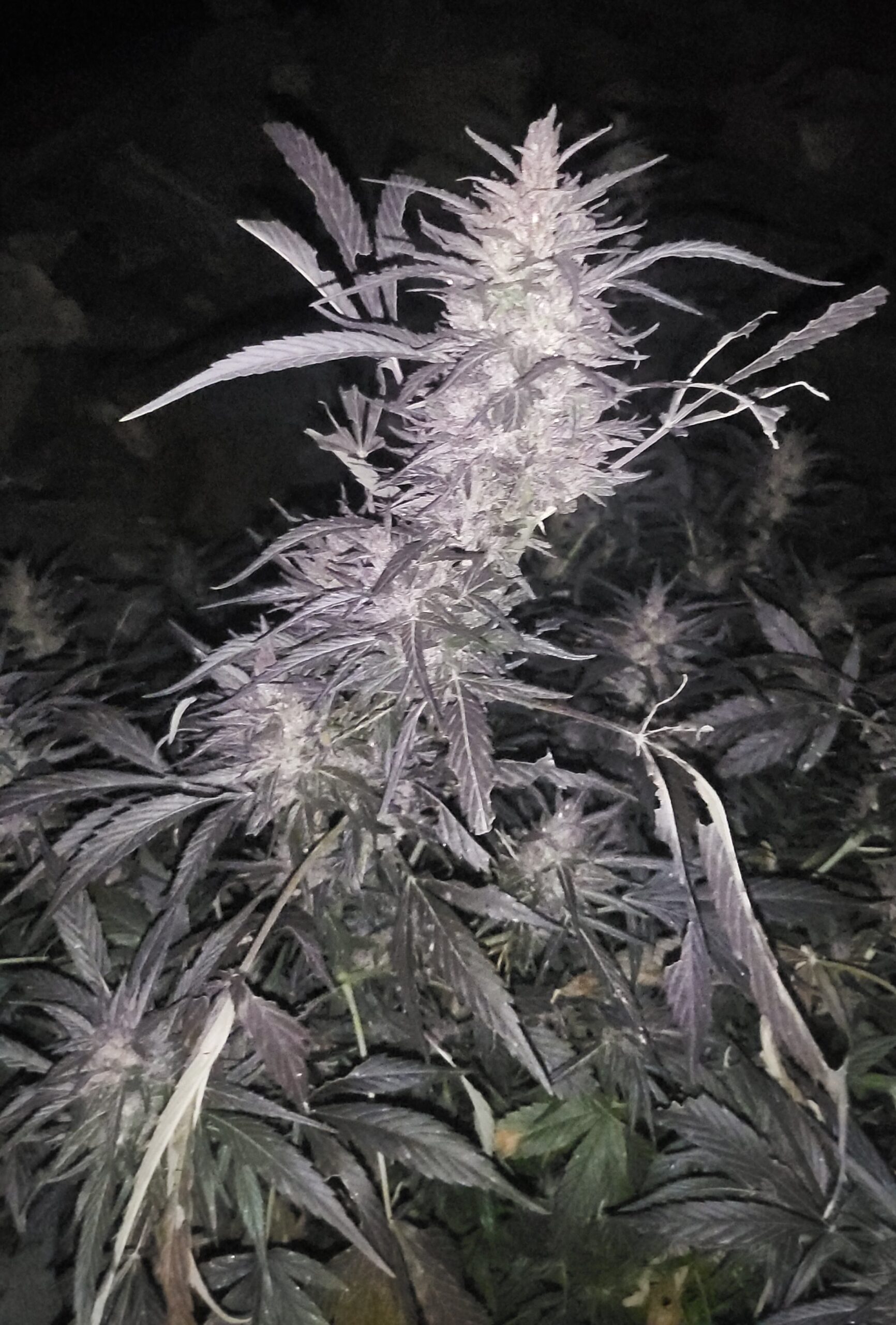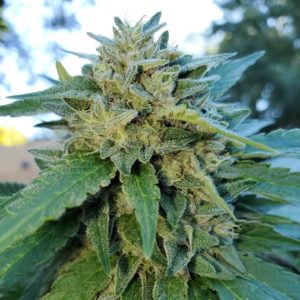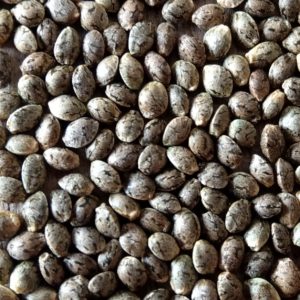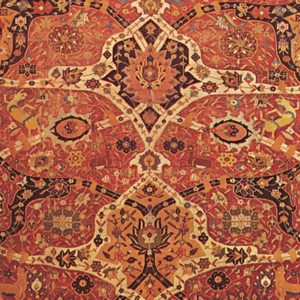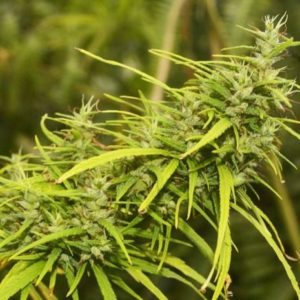£22.49 – £44.99
Description
Genetics: Traditional Karakoram Domesticate (“Landrace”)
Sourcing: Landrace Genetics, Hunza Valley, Karakoram Range, 2022 Harvest
Purpose: Charas (sieved resin)
Latitude: 36° N
Harvest: late-September through October
Height: 1 – 4 meters
Aroma: Gassy mango
Characteristics: Resinous, black colouration, large plants and buds
Classification: C. sativa subsp. indica var. afghanica x C. sativa subsp. indica var. indica
Grow Type: Outdoors, greenhouse, or indoors
Seeds hand-selected from an outstanding black-coloured mother plant (nicknamed ‘Raat Guzni’) in the fabled Hunza Valley of the Karakoram Range.
Sublimely beautiful and famed for sheer cliff faces with astonishing elevations, Hunza is situated between two of Central Asia’s most famous production centres for charas, namely the Hindu Kush and Xinjiang.
In Hunza, cannabis is cultivated by farmers principally for culinary use, the seeds being an essential source of protein and fats in the mountain diet. Toasting seeds with wheat is a custom villagers in Hunza share with Chitralis and Afghans, who likewise regard cannabis seeds as imparting heat to the body, for that reason consuming them during winter. Central Asian belief in the heating quality of cannabis seeds is attested as early as the eleventh century in an agronomic text by a Sufi alchemist, Ibn Wahshiyya, who appears to have acquired much of his knowledge of cannabis from the eastern Iranian or Persianate world, where a name by which cannabis was and is known is ‘shahdanaaj’ or ‘the royal grain’.
Multipurpose utilization of the cannabis crop for food and drug-production (whether medicinal, tonic, or recreational) remains the norm across Central Asia.
From very large plants with large inflorescences and pungent aromas of mango, this Hunza accession will doubtless yield excellent hashish and respond rapidly to selection.
Notably, when neighbouring Xinjiang was the world epicentre of hashish production, annually exporting thousands of tons of Central Asian sieved resin southward through Kashmir to the markets of late nineteenth-century India, cultivation and export from Xinjiang was dominated by migrant Balti merchants from the Baltistan region within which Hunza is located. Movement of such communities through this highly connected region in conjunction with trade and production of cannabis indicates the challenges faced by afficionados and academics who hope to pin down and delineate precise centres of origin for landraces, forms, or other taxa, particularly if it’s born in mind that cannabis seed was carried about by people for use as food, not merely to cultivate.
Additional information
| Pack size | 12 seeds, 5 seeds |
|---|
